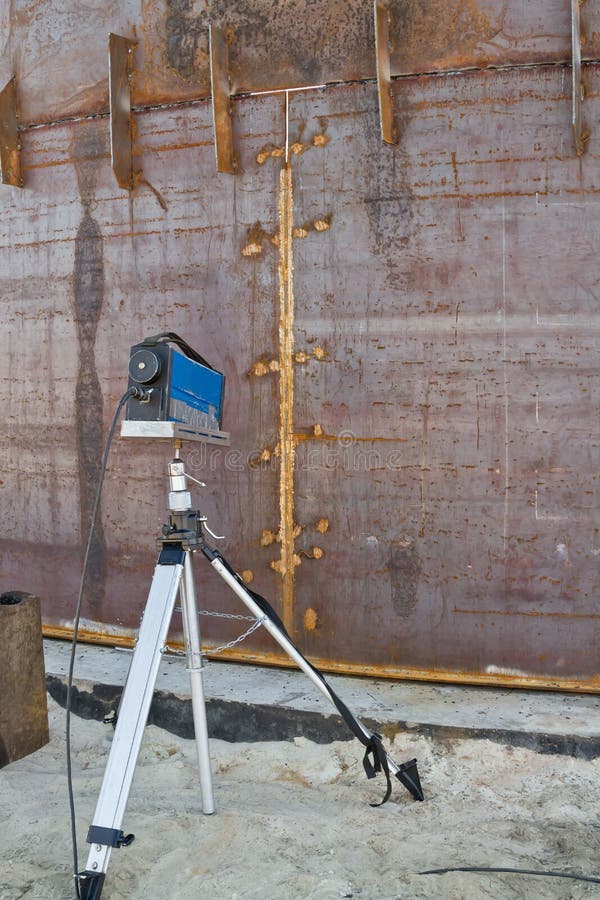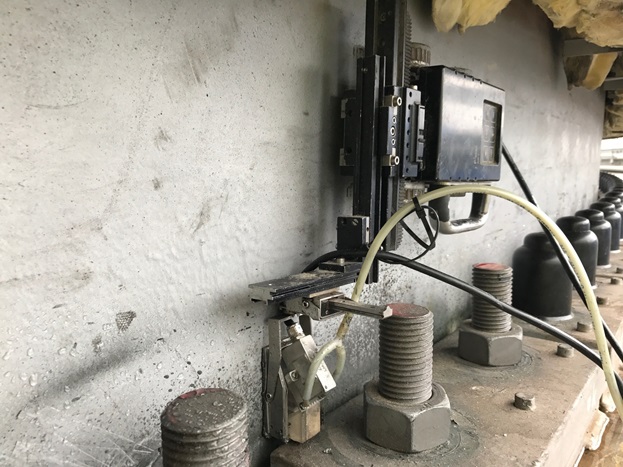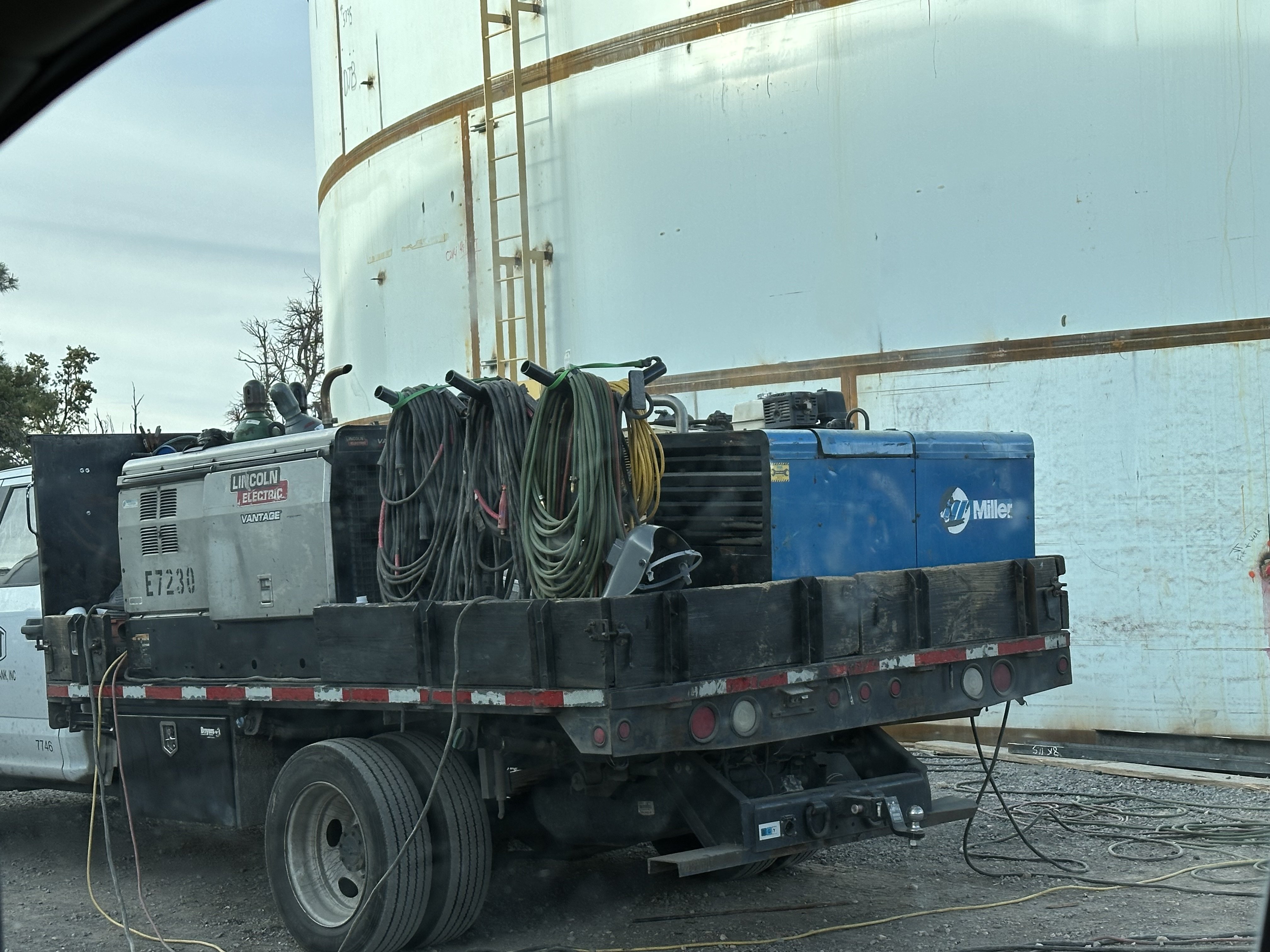An In-depth Overview of Container Welding Evaluation Specifications and Methodologies for Improved Weld Quality and Efficiency
The significance of welding evaluation requirements in the production of storage tanks can not be overemphasized, as they serve as the foundation for guaranteeing weld integrity and functional dependability. Different assessment strategies, including visual assessments and advanced non-destructive screening techniques, are crucial in recognizing prospective flaws that could compromise performance.
Relevance of Welding Evaluation Standards

Welding assessment requirements encompass a series of criteria, including material requirements, welding treatments, and certifications of personnel involved in the welding procedure. By imposing these requirements, companies can systematically identify and correct potential issues, thereby reducing the probability of expensive repair work or devastating failures. Rigorous assessment techniques promote a culture of responsibility and accuracy, encouraging welders to preserve high degrees of craftsmanship.

Common Welding Examination Strategies


Ultrasonic Testing (UT) is an additional prevalent method, using high-frequency acoustic waves to find interior imperfections that may not show up externally. This technique is especially effective for identifying voids or inclusions within the weld metal. Magnetic Bit Evaluating (MT) is likewise widely used, specifically for ferromagnetic materials, as it exposes surface area and near-surface issues via the application of magnetic fields and ferrous fragments.
Furthermore, Fluid Penetrant Screening (PT) detects surface-breaking issues by using a penetrant to the weld and after that utilizing a programmer to extract the penetrant. Each of these methods adds to a detailed examination technique, guaranteeing that welds fulfill the rigorous quality criteria required in storage tank construction.
Governing Criteria and Compliance
Regulative standards and conformity are important components in guaranteeing the safety and security and integrity of bonded More Info frameworks in tank construction - Tank Welding Inspection. These standards offer to develop minimum needs for material properties, welding treatments, and assessment practices, therefore minimizing the risk of architectural failings and improving overall efficiency
Secret companies, such as the American Society of Mechanical Designers (ASME) and the American Welding Society (AWS), give standards that are commonly embraced in the industry. Conformity with these requirements not only makes certain adherence to ideal methods however also satisfies lawful and contractual responsibilities, guarding the rate of interests of stakeholders.
Regulatory bodies commonly mandate adherence to specific codes, such as ASME Code Section IX for welding qualifications and API 650 for welded tanks. These codes describe requirements for welding techniques, credentials of workers, and screening approaches to validate weld stability.
Normal audits and evaluations are critical to keeping conformity, as they help determine deviations from established standards. Non-compliance can lead to significant charges, task hold-ups, and security dangers. Thus, a durable understanding of regulative requirements and a dedication to conformity are critical in attaining top quality and sturdy welded container structures.
Non-Destructive Testing Approaches
Just how can the stability of bonded frameworks be guaranteed without causing damage? Non-destructive testing (NDT) methods offer a robust solution, enabling examiners to assess weld high quality without endangering the material - Tank Welding Inspection. Among the most typical NDT methods are ultrasonic screening (UT), radiographic screening (RT), magnetic bit screening (MT), and dye penetrant screening (PT)
Ultrasonic screening employs high-frequency acoustic waves to discover interior imperfections and define material residential or commercial properties. It Discover More Here supplies accurate dimensions and is especially effective for thick materials. Radiographic screening includes passing X-rays or gamma rays with the weld, producing pictures that reveal architectural flaws such as fractures or voids. This approach is invaluable for examining the integrity of complex welds.
Magnetic particle testing is fit for ferromagnetic products, where magnetic areas disclose surface area and near-surface interruptions. Dye penetrant screening makes use of a fluid color to highlight surface-breaking problems, making it an efficient technique for non-porous products.
Each of these NDT methods has unique benefits, permitting for detailed analyses tailored to particular products and welding procedures. By carrying out these strategies, markets can make sure the reliability and safety and security of bonded structures, ultimately boosting overall performance.
Enhancing Weld Quality Through Inspection
Reliable inspection plays a crucial duty in improving weld quality, working as an essential checkpoint in the fabrication procedure. By determining prospective flaws early, assessments minimize the risk of endangered structural honesty and ensure compliance with industry standards. Employing a mix of visual assessments, non-destructive screening (NDT) methods, and mechanical evaluations, assessors can detect issues such as porosity, fractures, and incomplete combination.
Carrying out a durable examination procedure not only boosts the total top quality of welds but likewise cultivates a society of accountability among welders and fabricators. Normal training and accreditation of assessment personnel guarantee that they are geared up with the required skills next page to acknowledge and address possible issues successfully. This positive technique reduces rework and connected prices, inevitably adding to forecast effectiveness.
In addition, comprehensive documents of inspection findings provides beneficial understandings right into repeating problems, facilitating continual improvement in welding methods. By leveraging innovative innovations, such as automated ultrasonic testing or electronic radiography, weld quality can be improved through a lot more accurate assessments. Finally, a rigorous assessment procedure is indispensable in achieving high-quality welds, ensuring security, reliability, and durability in storage tank manufacture.
Verdict
In verdict, the application of strenuous storage tank welding evaluation criteria and approaches is important for making sure weld honesty and performance. By making use of a mix of visual inspections, non-destructive testing techniques, and adherence to governing standards, organizations can effectively determine and mitigate potential issues.